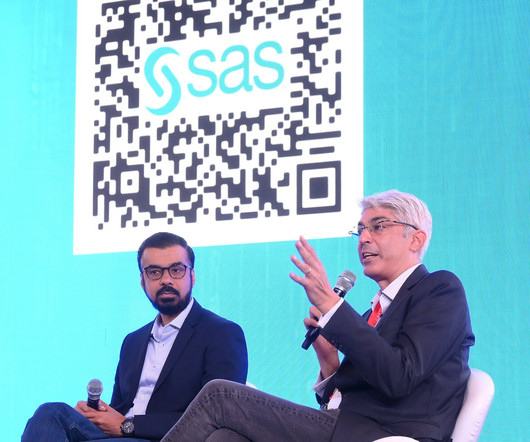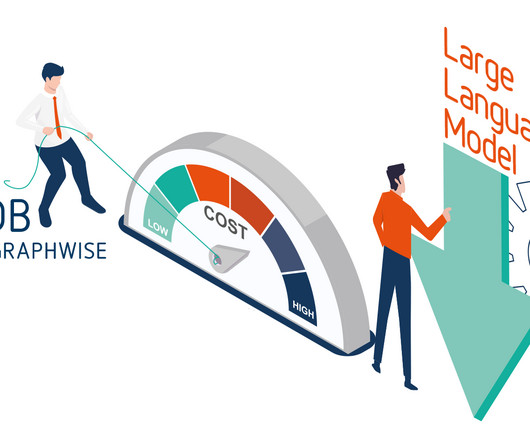10 AI strategy questions every CIO must answer
CIO Business Intelligence
JANUARY 14, 2025
The time for experimentation and seeing what it can do was in 2023 and early 2024. So the organization as a whole has to have a clear way of measuring ROI, creating KPIs and OKRs or whatever framework theyre using. What ROI will AI deliver? Manry says such questions are top of mind at her company.



























Let's personalize your content